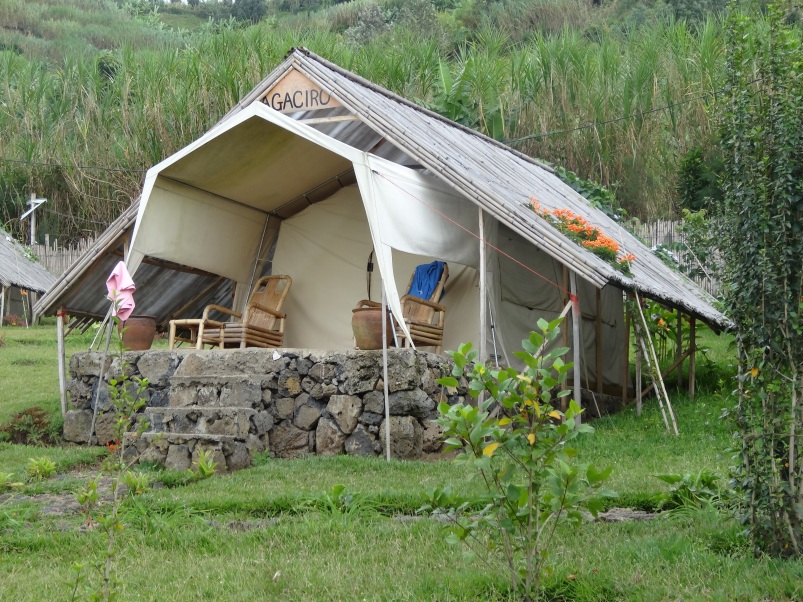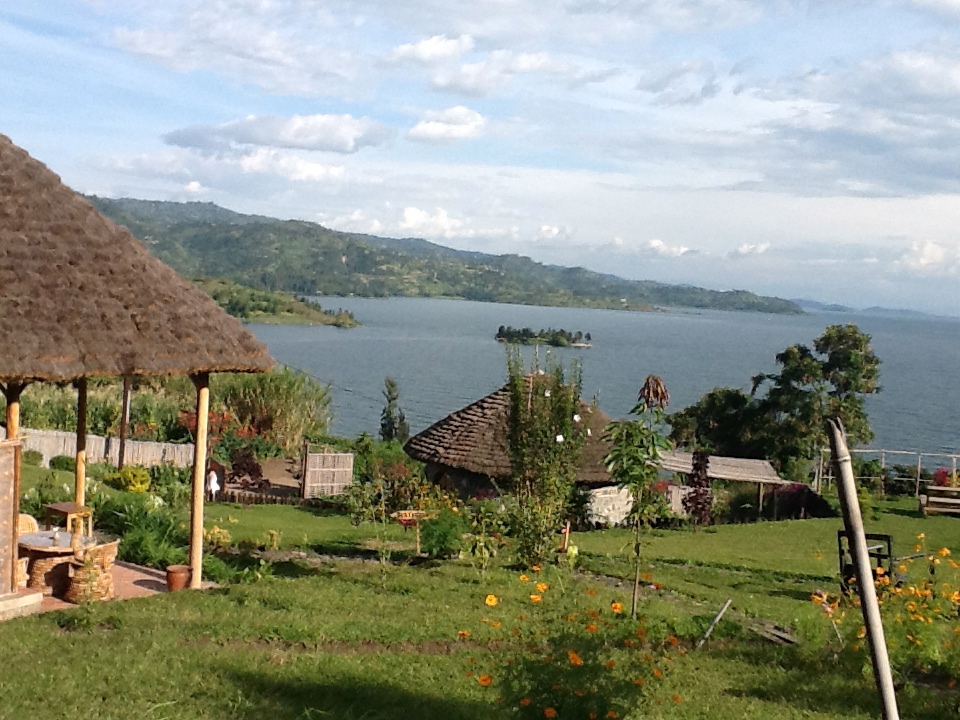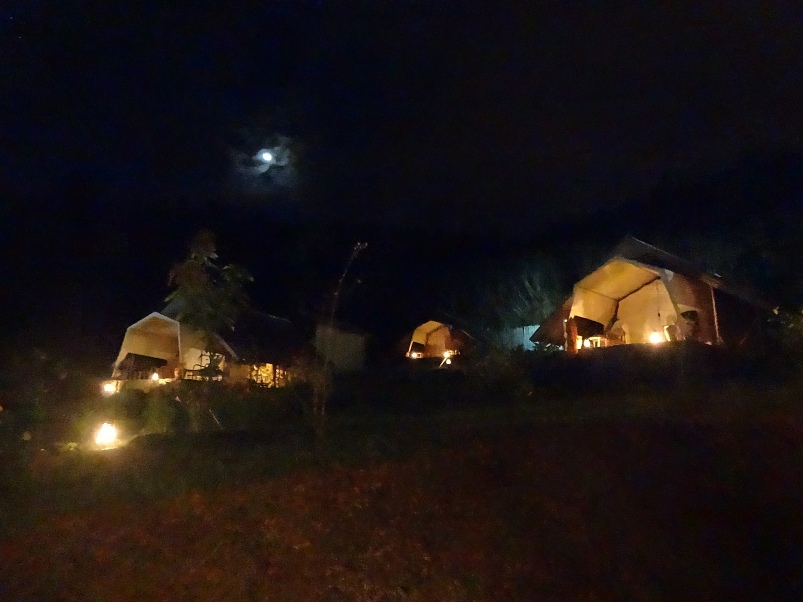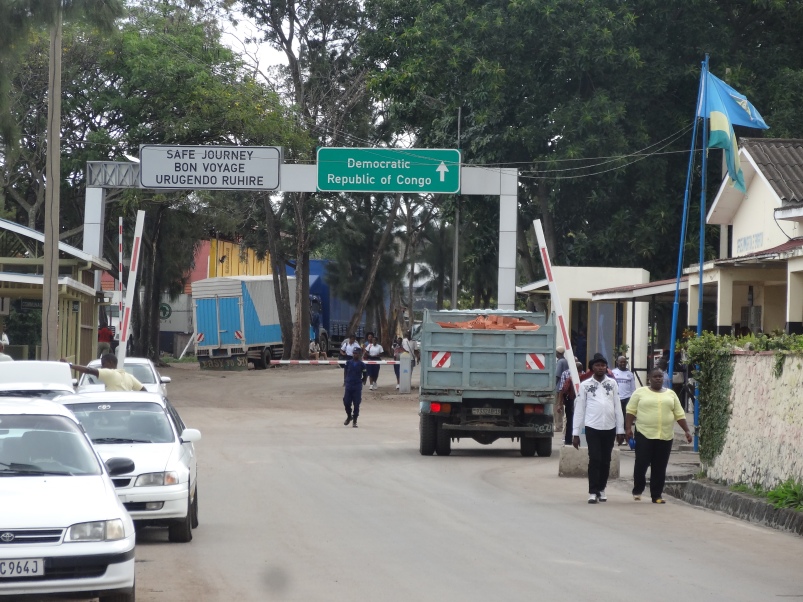The rainy season is just coming to an end here and, although, in practice this means it rains briefly most nights and mornings (with the odd full day of rain) and then the sun shines again, I have found the walk to work through a significant amount of mud a little challenging - so much so that I considered buying a pair of wellies (not quite what I expected to be adding to my wardrobe living in Africa!).
We've also had two more public holidays recently. The 3rd June is Martyrs Day here. For those interested in the background; in late May 1886 an unknown number of men and women, suspected or known to have been baptised, were forced to march to an area of Kampala called Namugongo and imprisoned. On the 3rd of June those that refused to denounce their faith (at least 26) were massacred. Martyrs Day marks this and there were various celebrations and marches in Kampala (though I must admit I spent most of the day at a BBQ...)
Tomorrow (9th June) is Heroes Day, which is in honour of those who sacrificed themselves to better the lives of the Ugandan people. Many of the heroes officially recognised by the government are fallen soldiers who died during Uganda's civil war in the 1980s. The holiday is quite divisive with debate about what constitutes a hero and no widespread agreement as to which of that war's fallen should be honoured (the Ugandan opposition are boycotting tomorrow's celebrations apparently).
On this public holiday weekend, the annual LaBa Arts festival took place. You can see more info here. Yesterday the festival was held in Kisementi (a square of shops,bars and a new shopping mall) with various small exhibitions, stalls and performances (cultural dancing, a percussion band, breakdances, fashion parade etc). Here are a few pics:
I've generally been trying to check out Kampala's cultural scene a little. I also went to the opening of an exhibition by a famous Ugandan artist called Ronex (if you're interested in looking at his work, you can see it here) at a lovely little art gallery called Afriart. Last night I visited the National theatre for the first time and went to see the Kampala Amateur Dramatic Society's (KADS) production of Grease, which was fun. Here are a couple of pics!:
I'm also still going to my Luganda classes twice a week - and still finding it a bit of a tricky language to learn, though I am starting to understand snippets of conversations when I'm out and about. I find the pronunciation quite difficult, along with the lack of logic (our teacher will introduce a rule and for a moment it all seems clear, but then he'll introduce about 10 exemptions to that rule...). It's a really lovely class though and I'm also learning quite a bit about Ugandan culture and practices.
One class that particularly made my head spin was when we learnt about time. In Uganda, as we're on the equator, the sun sets and rises pretty much at the same time every day. So for Ugandans they start time at the hour at which the sun rises. So our 7am, is 1 in Uganda. Plus they use words rather than AM and PM. So, 2am in the UK is 08:00 Ez'omutumbi (translates as "the 8:00 when the sky is black"). Once you start adding minutes on to the hours, it gets more complicated. To say " The time is 6:45pm" (so 12:45 Ugandan) you say:
"Saawa kkuminabili n'eddakiika annamutaano ez'olweggulo"
Confused? So were we...
Much of the meaning of the words depends on tone and emphasis. Often the same word has more than one meaning and the meaning can be told by the emphasis in tone. For example, the word "okutta" means "to set free" and also means "to kill", which apparently was historically unfortunate for at least one man who was imprisoned by the King Of Buganda and set free (the King's men misinterpreted the tone and so the man was killed...). The word "amazzi" means "water" but also means "excrement", depending on the tone used (which obviously could be embarrassing if you used the wrong emphasis when ordering a bottle of water...)
Finally, I particularly like that, as Luganda is a developing language, many of the words are borrowed. So the verb "to Skype" is "okuskypinga" and to use facebook is "okufacebookinga". For clothing, a t-shirt is "t-saati", jeans are "jiini" and socks are "sokisi".
The class runs for another month. Apparently, we have an exam at the end. I'm really hoping there are lots of questions about borrowed words and not many about the time!
Finally, I spent a weekend in Jinja. Jinja is just a couple of hours drive from Kampala and is famous for being the source of Nile (and for various adventure sports...). I've been a couple of times and this time we stayed at a lovely place called Holland Park. Here are a few pics:
 |
| We stayed in some lovely cottages |
.JPG) |
| Strange bug with a broken leg! |
I'm still really enjoying being at Hands for Hope and have been busy. I'll do a separate post soon on some of the things we've been up to.

.JPG)
.JPG)
.JPG)
.JPG)


.JPG)
.JPG)
.JPG)
.JPG)
.JPG)
.JPG)
.JPG)

.JPG)
.JPG)
.JPG)
.JPG)

.JPG)
.JPG)
.JPG)
.JPG)
.JPG)
.JPG)
.JPG)
.JPG)

.JPG)
.JPG)
.JPG)
.JPG)
.JPG)
.JPG)



.JPG)

.JPG)

.JPG)
.JPG)
.JPG)
.JPG)
.JPG)
.JPG)

.JPG)
.JPG)
.JPG)

